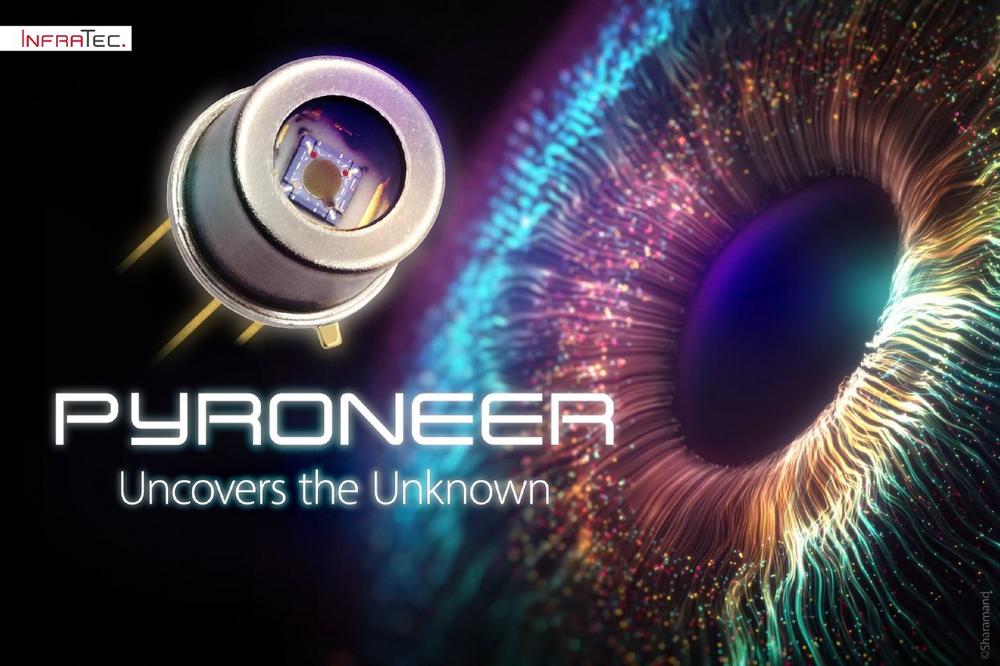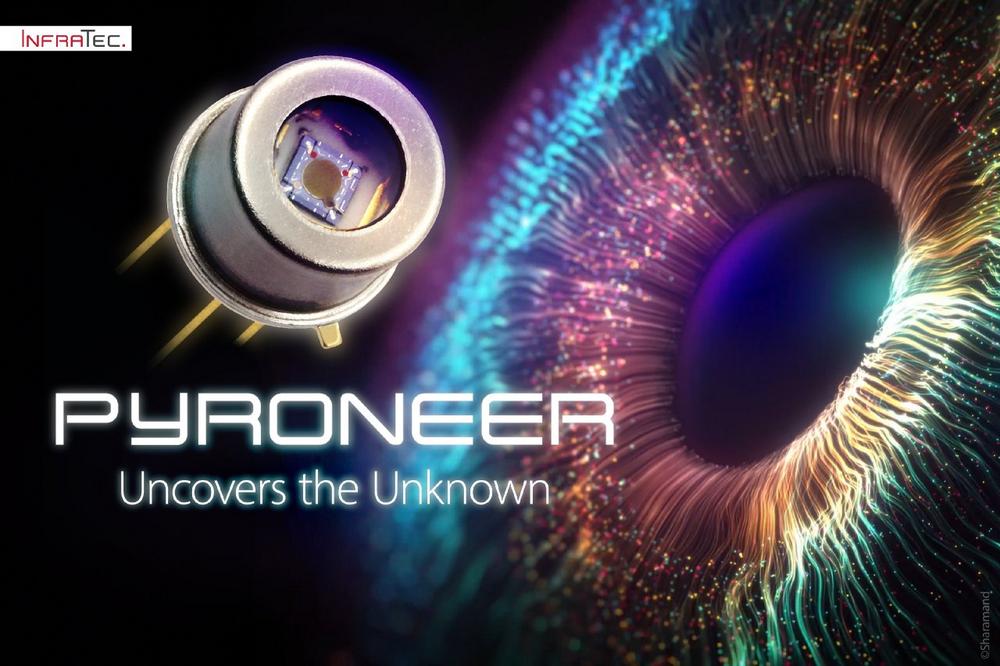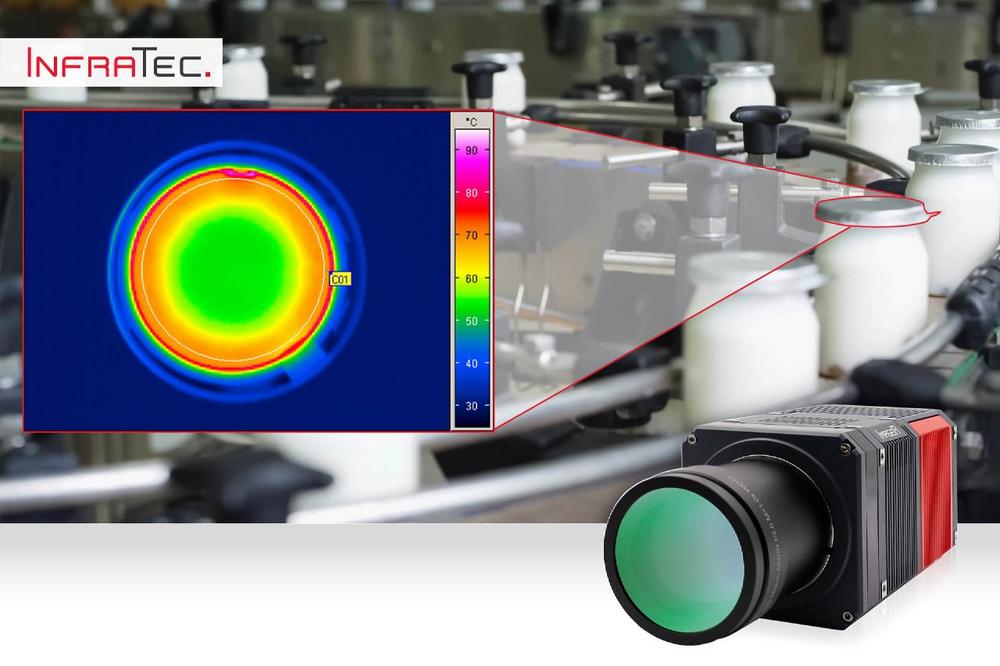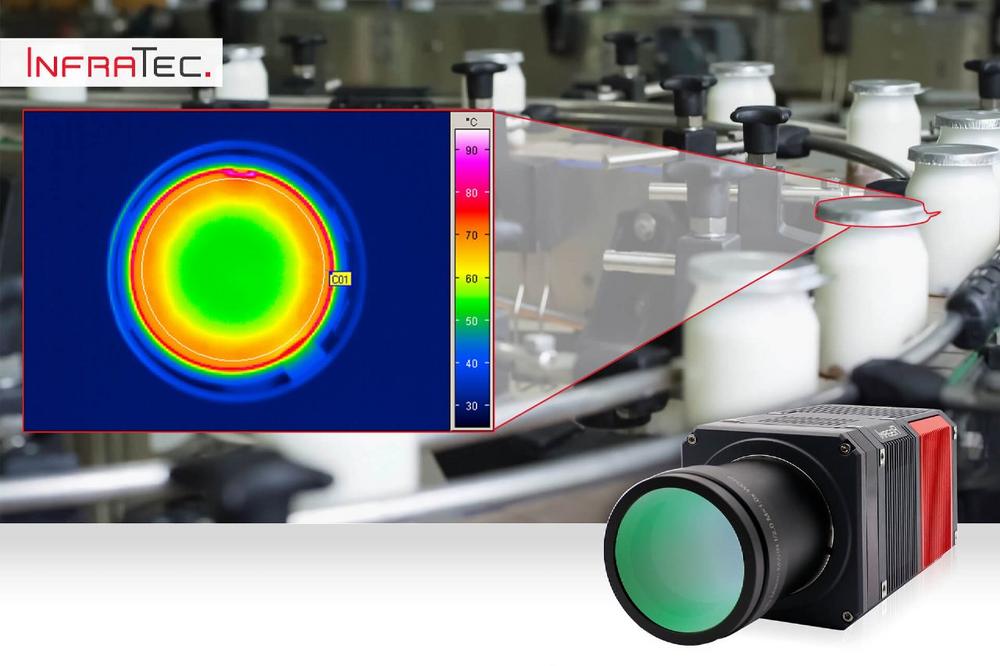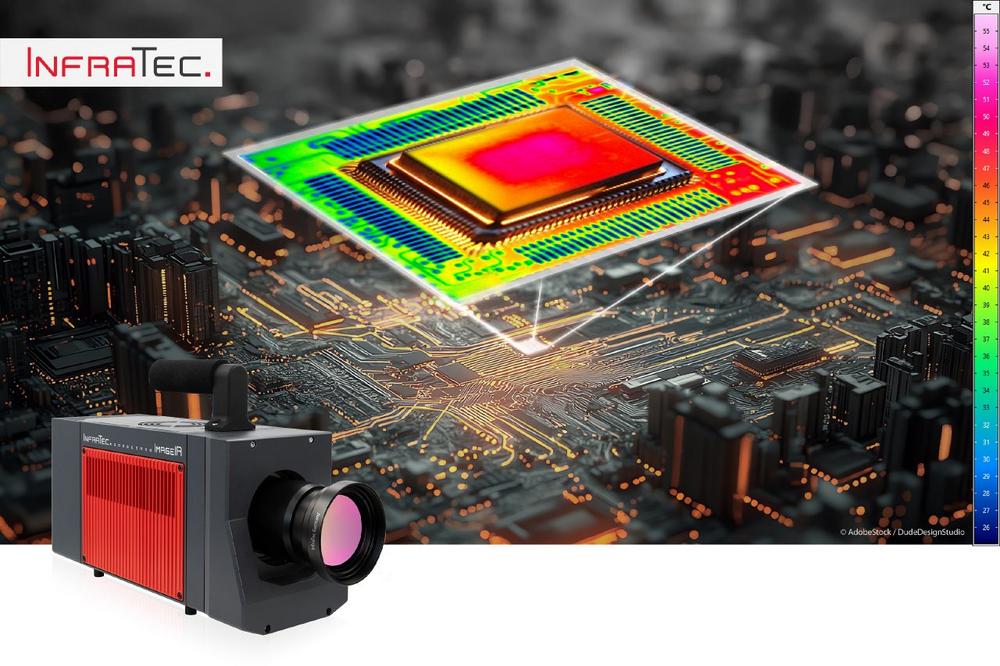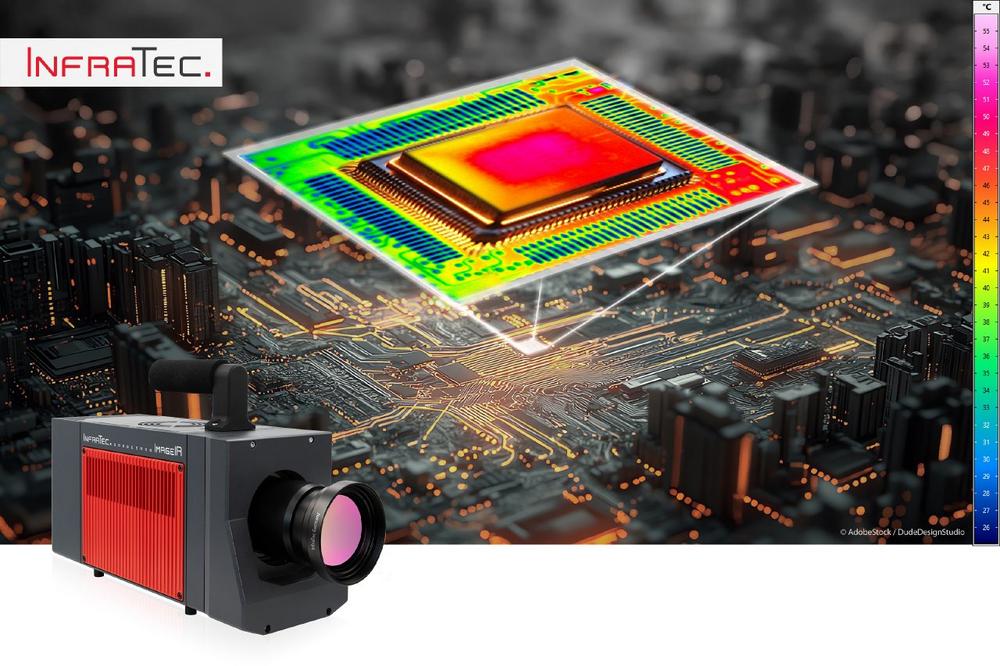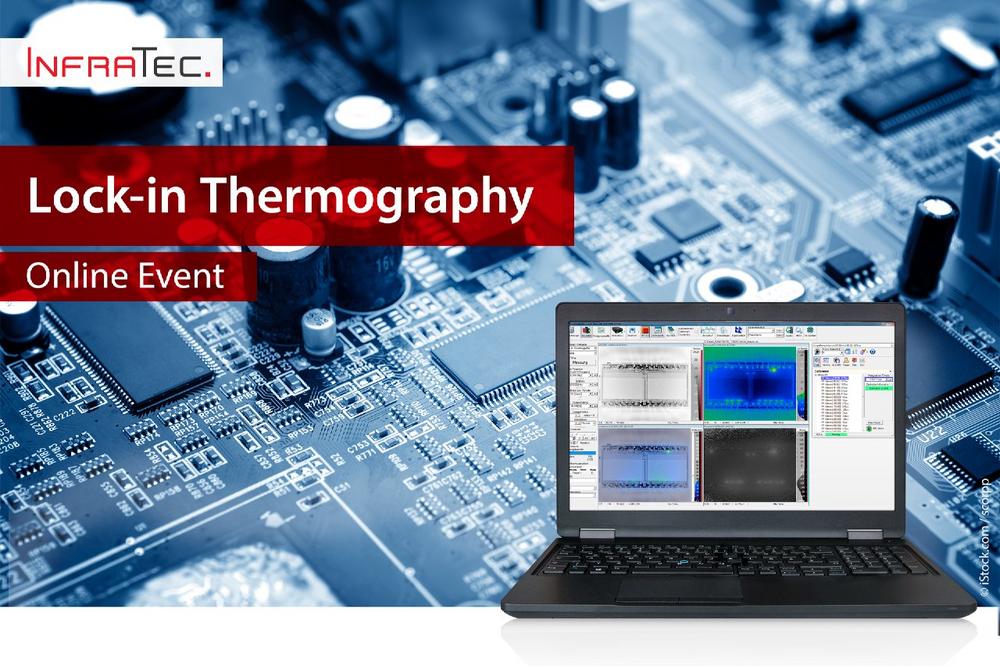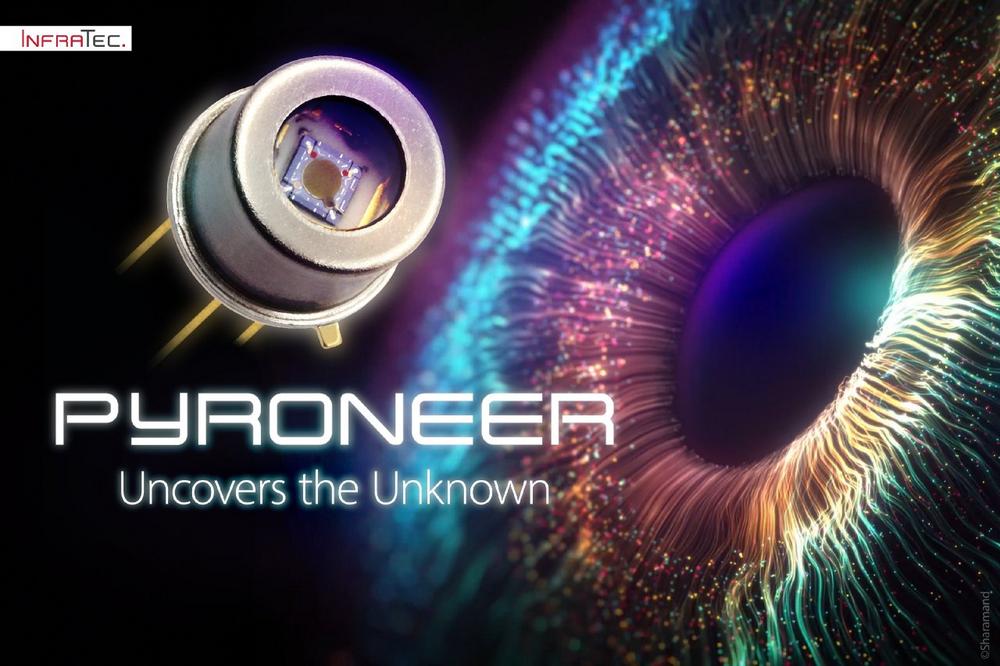-
The Rugged Ones – PYRONEER Detectors with Lithium Tantalate
Detectors for use in analytical devices and in spectroscopy have been part of InfraTec’s portfolio for over 20 years. From the very beginning, these are based on high-quality, single-crystal lithium tantalate (LiTaO3). Introducing DLaTGS as a pyroelectric material last year, InfraTec developed the new PYRONEER series, which also includes spectrometer detectors based on LiTaO3. These well-proven detectors with precious metal black layers have now been redesigned. Tried-and-tested material in a future-proof design The advantages of lithium tantalate are clearly evident. With its high Curie temperature of more than 600 °C, LiTaO3 offers rugged and reliable detector performance as well as excellent long-term stability of the signal voltage. Due to a…
-
Die Robusten – PYRONEER-Detektoren mit Lithiumtantalat
Detektoren für den Einsatz in analytischen Geräten und in der Spektroskopie gehören seit über 20 Jahren zum Portfolio von InfraTec. Von Anfang an basieren diese auf qualitativ hochwertigem, einkristallinen Lithiumtantalat (LiTaO3). Mit der Einführung von DLaTGS als Pyroelektrikum hat InfraTec im vergangenen Jahr die neue PYRONEER-Serie geschaffen, der auch Spektrometerdetektoren auf LiTaO3-Basis angehören. Diese bewährten Detektoren mit Edelmetallschwarzschicht haben jetzt ein Redesign erfahren. Bewährtes Material im zukunftssicheren Design Die Vorzüge des Lithiumtantalats liegen klar auf der Hand. Durch seine hohe Curie-Temperatur von mehr als 600 °C bietet LiTaO3 eine robuste und zuverlässige Detektorleistung sowie eine ausgezeichnete Langzeitstabilität der Signalspannung. Dank eines sehr niedrigen Temperaturkoeffizienten und einer geringeren Abhängigkeit der Messempfindlichkeit von…
-
ImageIR® 6300: Cooled Thermographic Camera for Continuous Industrial Operation
The ImageIR® 6300, as an extension of the ImageIR® series, offers entry into the class of infrared cameras with cooled photon detectors and provides users with enormous performance advantages at a very good price/performance ratio. Due to the latest SWaP detector technology and a robust, very compact construction, this camera is predestined for demanding OEM and continuous operation applications. The radiometrically calibrated system camera ImageIR® 6300 is equipped with a cooled focal plane array photon detector of the latest generation. By combining the detector format of (640 × 512) IR pixels with the very small pixel pitch of 10 µm, the camera delivers razor-sharp images. Due to its snapshot mode,…
-
ImageIR® 6300: Leistungsfähige Thermografiekamera für den industriellen Dauerbetrieb
Die ImageIR® 6300, als Erweiterung der ImageIR®-Serie, ermöglicht den Einstieg in die Geräteklasse der Thermografiekameras mit gekühlten Photonen-Detektoren und bietet Nutzern enorme Performancevorteile zu einem sehr guten Preis-Leistungs-Verhältnis. Dank modernster SWaP-Technologie und einer robusten, sehr kompakten Konstruktion ist die Kamera prädestiniert für anspruchsvolle OEM- und Dauerbetriebsanwendungen. Die radiometrisch kalibrierte Systemkamera ist mit einem gekühlten Focal-Plane-Array-Photonendetektor der neuesten Generation ausgestattet. Durch die Kombination des Detektorformats von (640 × 512) IR-Pixeln mit dem sehr kleinen Pixelpitch von 10 µm liefert die ImageIR® 6300 gestochen scharfe Bilder und kann dank Snapshot-Mode auch bewegte Messobjekte verzerrungsfrei darstellen. Die innovative XBn-Detektortechnologie erlaubt den Betrieb des Detektors bei einer deutlich höheren Arbeitstemperatur als den sonst üblichen…
-
ImageIR® 12300: Next Level Details
The new ImageIR® 12300 from InfraTec is the radiometrically calibrated infrared camera with the world’s highest commercially available native resolution of 5.2 Megapixels. The powerful top model of the ImageIR® series allows very fine structures on large area measurement objects to be resolved with unrivalled detail. Modern production technologies demand that ever larger area objects be examined in a consistent and greater level of detail. The new ImageIR® 12300 satisfies this requirement due to a cooled high performance photon detector with a native resolution of (2.560 × 2.048) IR pixels and combines maximum geometrical and thermal precision in one camera. Standard cameras with (640 x 512) IR pixels need at…
-
ImageIR® 12300: Detailtreue auf neuem Niveau
Die neue ImageIR® 12300 von InfraTec ist die radiometrisch kalibrierte Wärmebildkamera mit der weltweit höchsten kommerziell verfügbaren nativen Auflösung von 5,2 MegaPixeln. Mit dem leistungsfähigen Spitzenmodell der ImageIR®-Serie lassen sich sehr feine Strukturen auf großflächigen Messobjekten mit unerreichter Detailtreue auflösen. Insbesondere moderne Fertigungstechnologien erfordern die Untersuchung immer großflächigerer Objekte bei gleichbleibender und höherer Detailgenauigkeit. Die neue ImageIR® 12300 wird diesem Anspruch dank eines gekühlten High-Performance Photonendetektors mit einer nativen Auflösung von (2.560 × 2.048) IR-Pixeln gerecht. Das Spitzenmodell der ImageIR®-Serie vereint höchste geometrische und thermische Präzision in einer Kamera. Um die gleiche Detailtreue wie die ImageIR® 12300 zu erreichen, sind bei Standard-Kameras mit (640 x 512) IR-Pixeln mindestens 16 aufeinander…
-
Lock-in Thermography for Inspection of Electronics and Integrated Circuits
The inspection of electronic components and assemblies by using active thermography is an established method for troubleshooting and quality assurance – from prototype development to series production. Applying this extremely sensitive method, atypical temperature distributions and hotspots with variations of only few millikelvin can be reliably detected on surfaces of printed circuit boards, integrated circuits and multi-chip modules without physical contact. In particular the lock-in thermography provides highly detailed information during each development step. This information can be essential for the design of complex electronic circuits or assemblies to optimise the thermal management. Active thermography is applied especially in electronics production as a versatile tool: for example, in quality assurance,…
-
Lock-In-Thermografie für Elektronik- und Halbleitermodulprüfung
Die Inspektion elektronischer Komponenten und Baugruppen mit Hilfe der Aktiv-Thermografie ist ein etabliertes Prüfverfahren zur Fehlersuche und Qualitätssicherung – von der Prototypen-Entwicklung bis hin zur Serienproduktion. Mit diesem äußerst empfindlichen Verfahren lassen sich atypische Temperaturverteilungen und Hotspots mit Variationen von wenigen Millikelvin an Oberflächen von Leiterplatten, integrierten Schaltkreisen und Multichip-Modulen zuverlässig berührungslos detektieren. Die Lock-In-Thermografie liefert hochdetaillierte Informationen während eines jeden Entwicklungsschrittes. Diese können anschließend für das Design von komplexen elektronischen Schaltkreisen bzw. Baugruppen zur Optimierung des Wärmemanagements herangezogen werden. Insbesondere in der Elektronikproduktion wird die aktive Thermografie als vielseitiges Instrument eingesetzt: u. a. bei der Qualitätssicherung, zur permanenten Überwachung technologischer Parameter sowie zur Inline-Inspektion von Produkten in der Fertigung…
-
PYRONEER Series becomes Moisture Resistant
Spectrometers are used worldwide under diverse climatic conditions. Their dependable performance relies on the integrated pyroelectric detector’s ability to withstand fluctuating environmental conditions. A key element here is the entrance window for infrared radiation in the detector’s cap. Located in a cap welded to the detector base, this window acts as a potential entry point for moisture into the detector. ZnSe ARC: New window material ensuring moisture resistance InfraTec uses potassium bromide (KBr) windows, renowned for their broadband high infrared transmission, for its PYRONEER family of metal blackbody detectors. However, exposing a detector to a damp environment can permanently impair the transmission capabilities of KBr. In addition, moisture infiltration through…
-
PYRONEER-Serie wird feuchteresistent
Spektrometer werden weltweit in verschiedenen klimatischen Bedingungen eingesetzt. Damit diese zuverlässig funktionieren, muss auch der verbaute pyroelektrische Detektor den wechselnden Umgebungen standhalten. Ein entscheidender Faktor dabei ist das Eintrittsfenster für die Infrarotstrahlung in der Kappe des Detektors. In einer mit dem Detektorsockel verschweißten Kappe ist dieses ein möglicher Eintrittspunkt für Feuchtigkeit in den Detektor. ZnSe-ARC: Neues Fenstermaterial für Feuchteresistenz InfraTec verwendet für seine Metallschwarzschichtdetektoren der PYRONEER-Familie die für ihre breitbandig hohe Infrarottransmission bekannten Kaliumbromidfenster (KBr). Die Aussetzung des Detektors an eine feuchte Umgebung kann die Transmission von KBr jedoch dauerhaft negativ beeinträchtigen. Zusätzlich kann die Leistungsfähigkeit des Detektors durch Feuchteeintritt über die Fensterklebung sinken. Mit der High-Performance-Detektorfamilie PYRONEER geht InfraTec…

